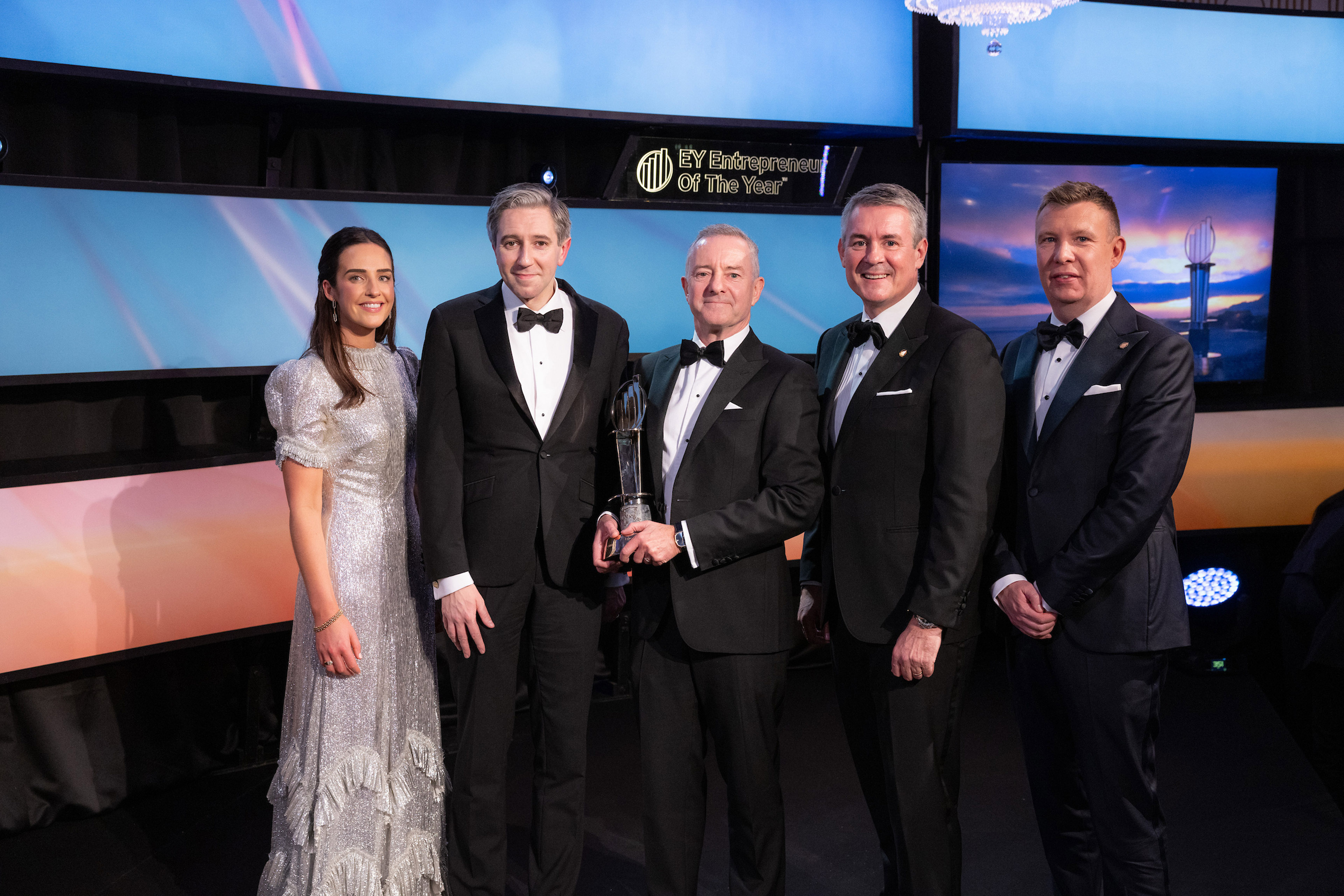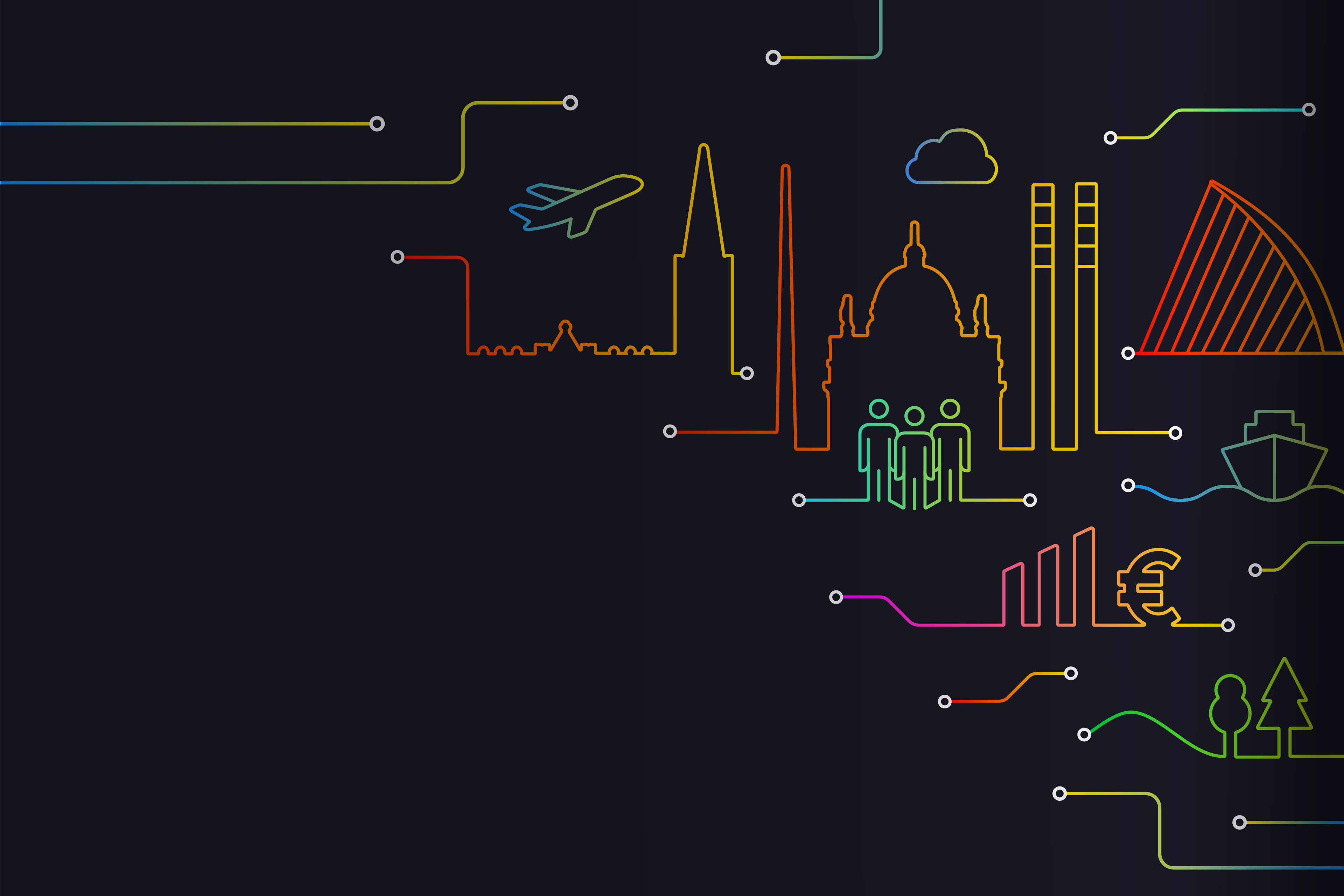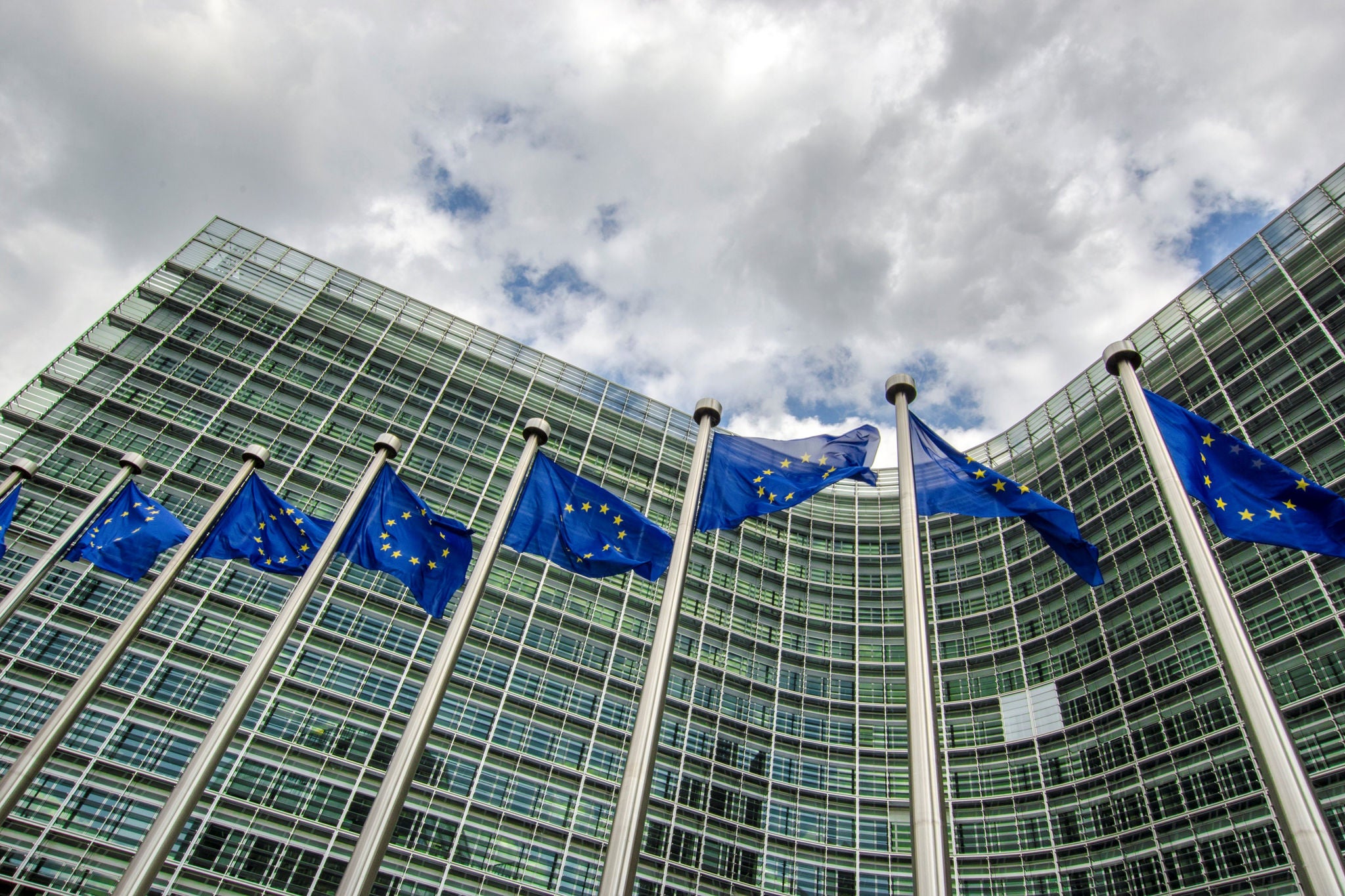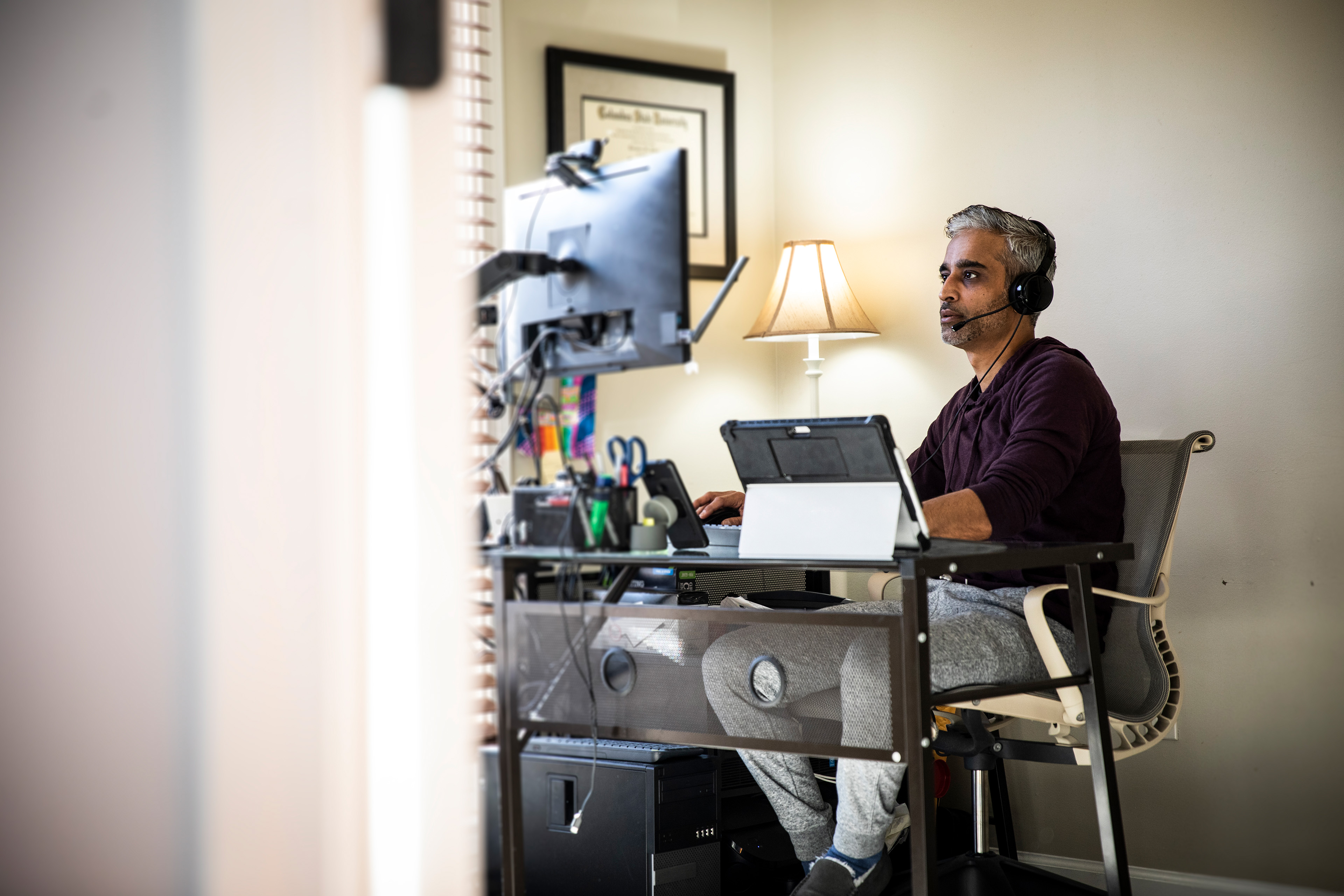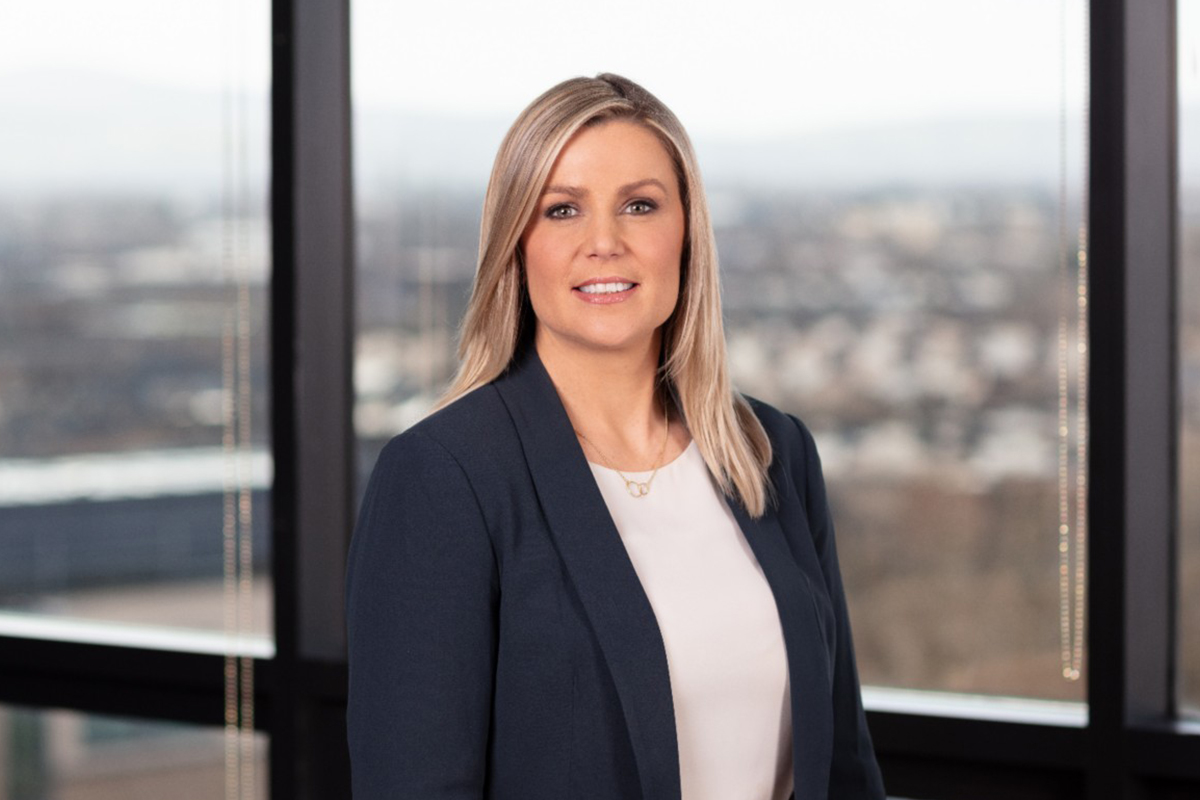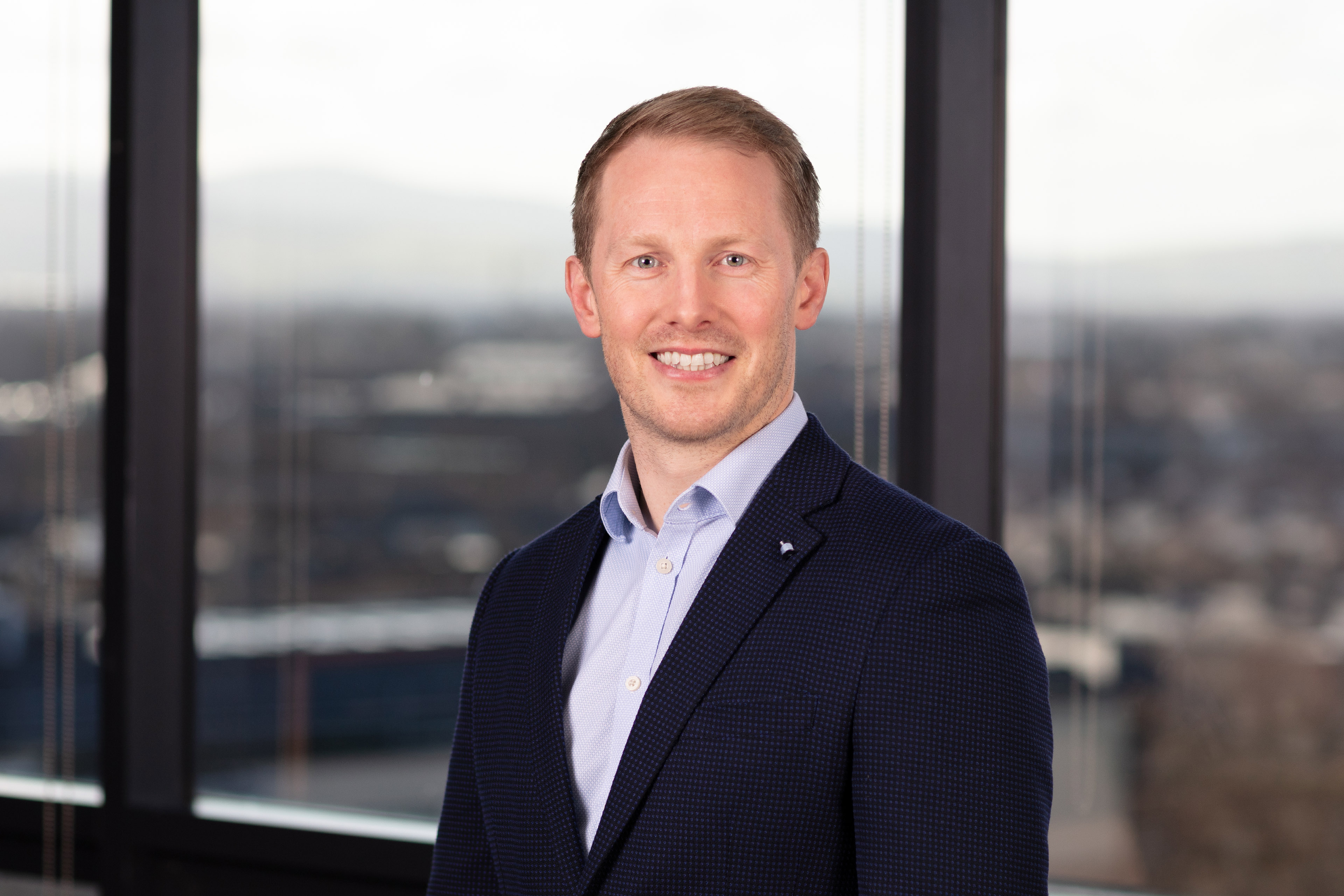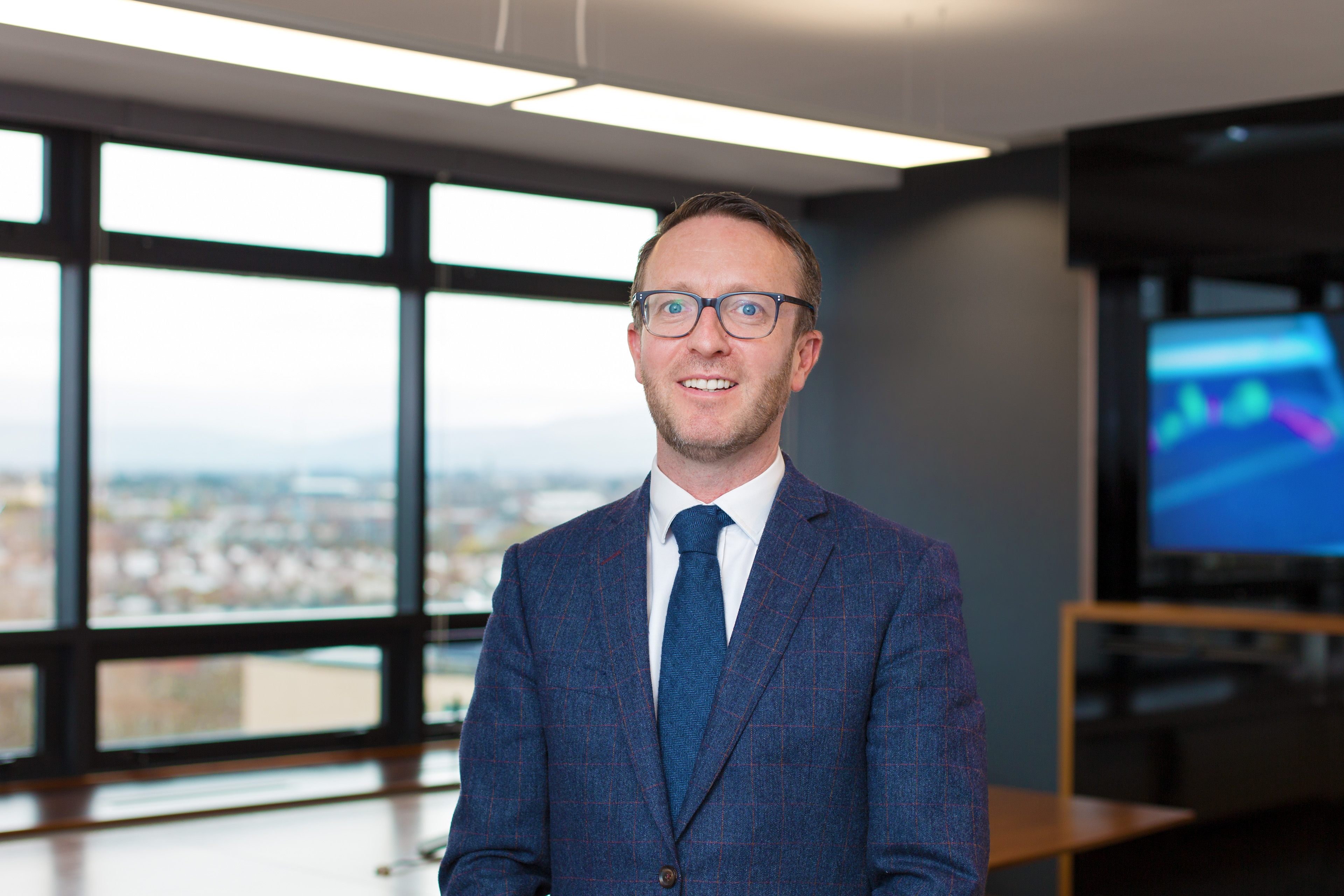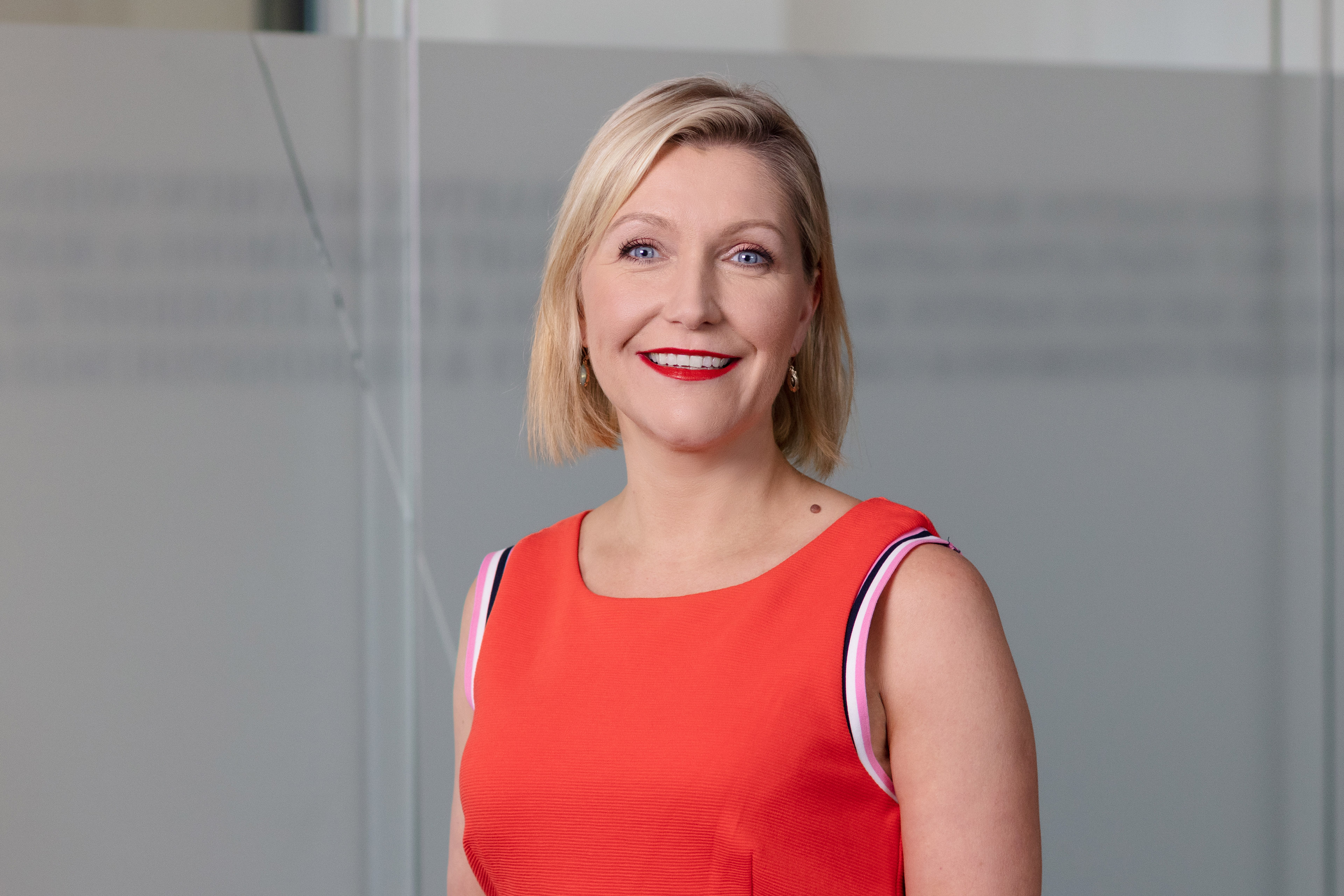EY refers to the global organization, and may refer to one or more, of the member firms of Ernst & Young Global Limited, each of which is a separate legal entity. Ernst & Young Global Limited, a UK company limited by guarantee, does not provide services to clients.
People and workforce
Do you change your people, or change the way your people work?
- Our latest thinking
- Our case studies
Explore our case studies
How Microsoft built a new mobility model for cross-border talent
Learn how professionals from EY and Microsoft challenged old assumptions about workforce mobility, creating a forward-thinking and data-rich platform.
How Yara centralized their HR operations
EY teams helped Yara redefine its HR operations and better integrate them across borders, freeing up time for HR to focus on strategic tasks.
How a cosmetics giant’s transformation strategy is unlocking value
Shiseido, the largest Japanese beauty company, is reimagining its functions, processes and systems to create a global operating model. Learn more.
How Takeda accelerated the financial close process by nearly two weeks
In this case study, learn how leading pharmaceutical company Takeda is creating value for patients through finance innovation and process excellence.
How EY built a better working world with its people at the center
EY People Advisory Services helped strengthen transformation efforts by delivering a change experience grounded in data and creativity. Learn more.
How real-time data improved diversity and inclusion policies
Data, analytics and a desire to embrace inclusivity transformed a consumer products company’s D&I program into an organization-wide cultural movement.
How EY is delivering an exceptional experience for its workforce
Learn how EY People Advisory Services has helped the global EY organization realize one of the largest end-to-end HR transformations on record.
How EY can help
-
We offer an extensive range of employment tax and immigration advisory services for domestic and international employers and their employees. Find out more.
Read more -
Our Organisation and Workforce Transformation solution can help build workforce capabilities needed to realise organisational strategy. Read more.
Read more -
Our HR Transformation team can help transform your Human Resources team from HR function to human value activator. Learn more.
Read more -
Our People Consulting team can help your business build a workforce with the right capabilities, profile and focus to meet your goals. Learn more.
Read more -
Our recognition and reward advisors can help assess, restructure and redesign your total reward package as part of a coherent talent strategy. Learn how.
Read more -
Amongst growing disruption, increased complexity and heightened employee expectations, new approaches to change management can drive improved transformation outcomes.
Read more -
Our learning and development consulting services team can help you develop a cohesive strategy that includes the seamless transfer of knowledge. Learn more.
Read more -
Our workforce transactions and M&A services professionals can help you effectively manage your new workforce. Find out more.
Read more -
Our professionals can help you establish workforce analytics that can inform regular action planning, reporting and ongoing program oversight. Learn more.
Read more -
Our exceptional Private client experience has been designed to combine our unique talent, technology and ecosystem to meet the needs of private companies. Learn more.
Read more -
Our permanent establishment team can help mitigate tax and other risks caused by taxable presences outside your company's state of residence. Learn more.
Read more
